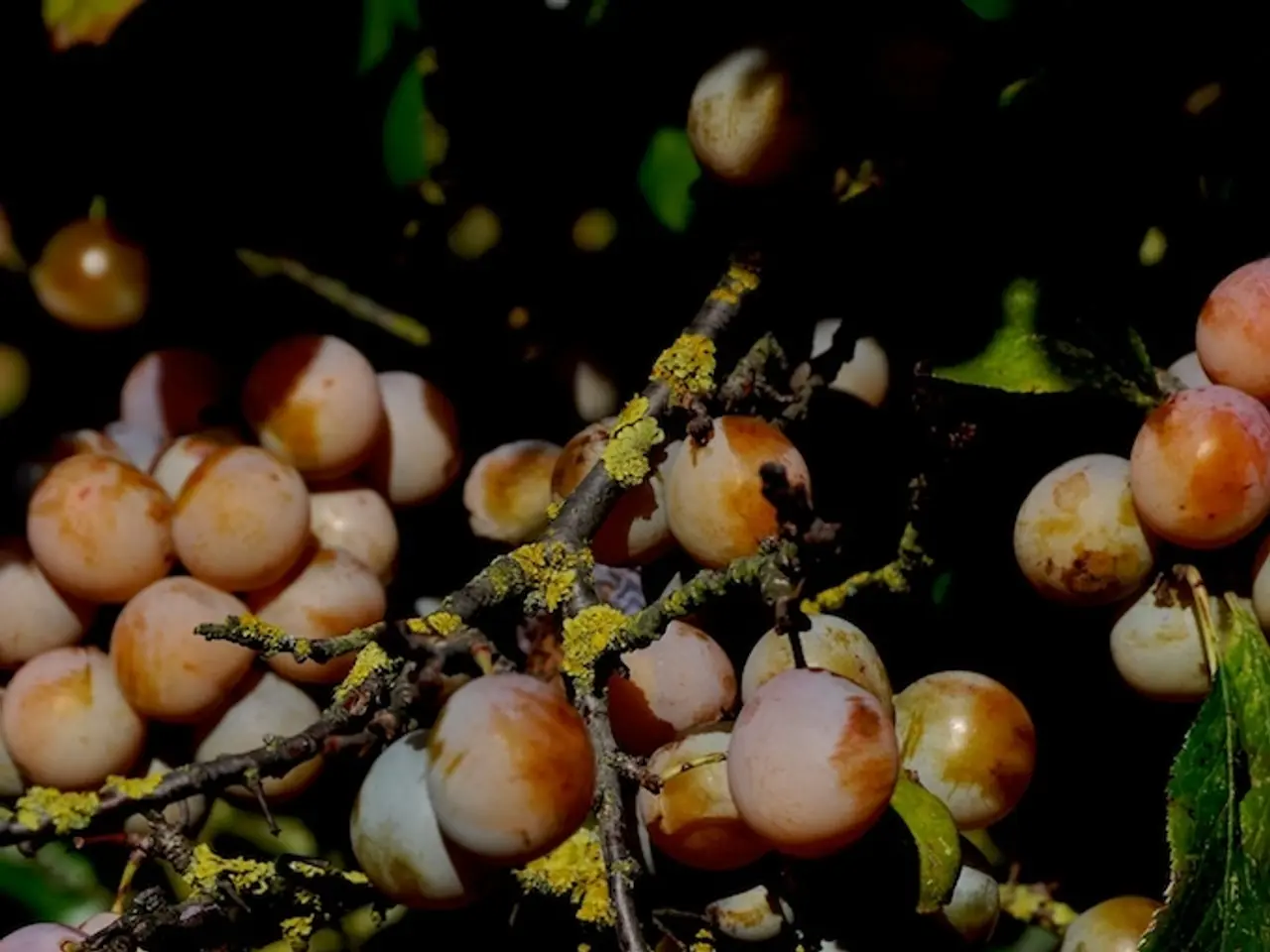Successful Ivy Propagation Techniques Explored
English ivy is a versatile and popular houseplant known for its cascading vines and glossy leaves. But did you know that you can easily propagate this plant to enjoy more ivy or share it with friends? Here's a guide on how to root English ivy cuttings in water and soil.
Rooting English Ivy Cuttings in Water
- Take cuttings: Choose a healthy ivy stem with at least four leaves. Cut just below a leaf node using clean, sharp pruning shears. Remove the bottom 2-3 leaves that will be submerged in water to prevent rot.
- Place the cuttings: Put the cuttings in a clear container filled with clean water, ensuring the nodes where leaves were removed are submerged but the top leaves stay above water.
- Position the container: Place the container in indirect sunlight, avoiding direct sunlight as it can cause algae growth in the water. If light is insufficient, a grow light can be used.
Roots typically begin to form in a few days to a couple of weeks.
When to Transfer to a Soilless Medium
Once the roots reach a few centimeters in length (usually 2-4 inches) and appear healthy and strong, the cuttings can be transplanted into a soilless medium such as hydroponic substrates or an aeroponic setup. Prior to transferring, the medium (like rock wool or coco coir) should be properly soaked and saturated with water. This transition ensures the ivy adapts well to the new environment while receiving adequate moisture and nutrients.
Rooting English Ivy Cuttings in Soil
For outdoor propagation, layering is an easy way to encourage new root growth. Press a vine into moist soil and hold it in place with wire staples. Keep the soil moist for several weeks to allow roots to grow at the nodes.
For indoor houseplants, propagation by cutting can be done at any time of year. To propagate by layering, take it outdoors and sink it into the soil, then press the vines into the ground.
Tips and Considerations
- Ivy cuttings can also be rooted in water, but they will not develop root hairs. Root hairs are essential for the plant to absorb water and nutrients effectively.
- Soil can be used to root cuttings, but it becomes waterlogged more easily and doesn't drain as well as soilless medium, which can prevent air and oxygen from getting to newly developing roots.
- For outdoor ivy propagation by layering, it's best to do so in spring and summer when soil conditions are right.
- When propagating a houseplant by layering, remove leaves from the bottom of the cutting, leaving at least an inch of bare stem and two leaves at the top.
- Roots should form in one to two months, at which point the cutting can be repotted.
In conclusion, knowing how to propagate English ivy allows you to enjoy more houseplants or to share your favourite with friends. Whether you choose to root cuttings in water or soil, following these steps will help ensure a successful propagation process. Happy gardening!
Sprucing up your home-and-garden lifestyle by adding more English ivy to your home is an affordable and easy way to enhance your home decor, thanks to the versatility of this popular houseplant. By following a guide on how to root English ivy cuttings in water or soil, you can propagate this plant easily, thereby expanding your house-and-garden collection or sharing excess ivy with friends.




